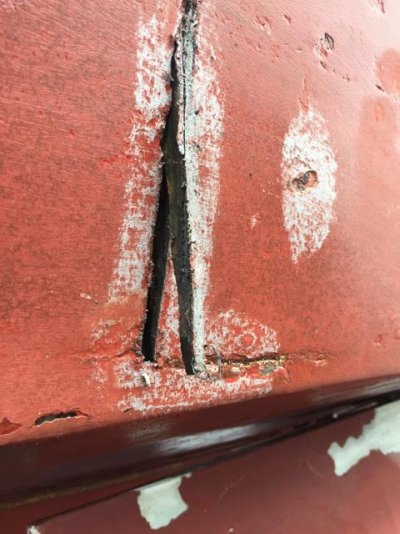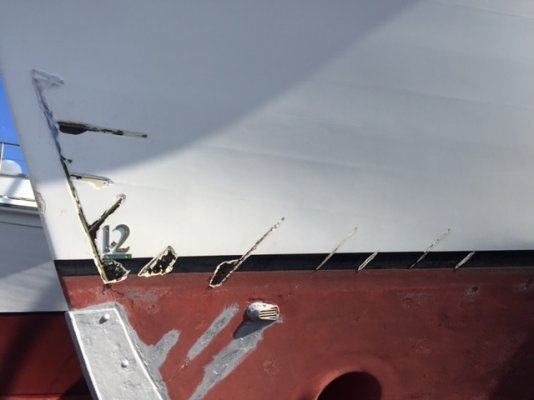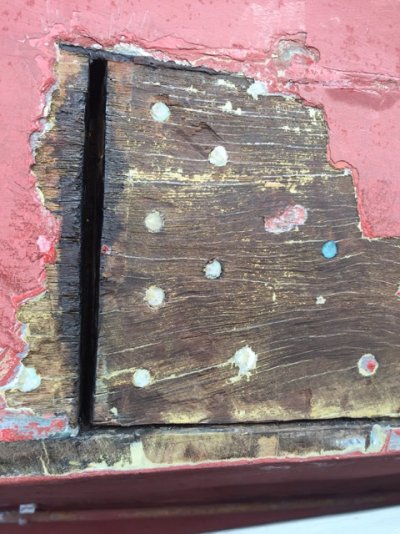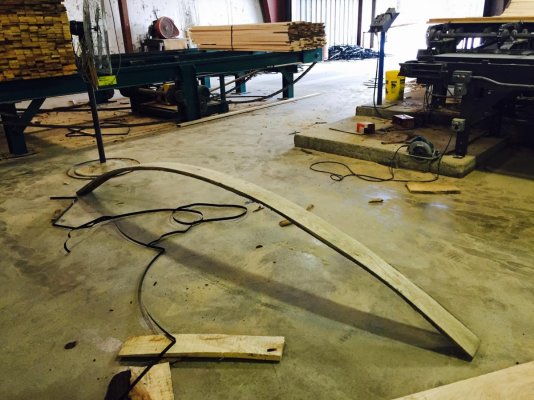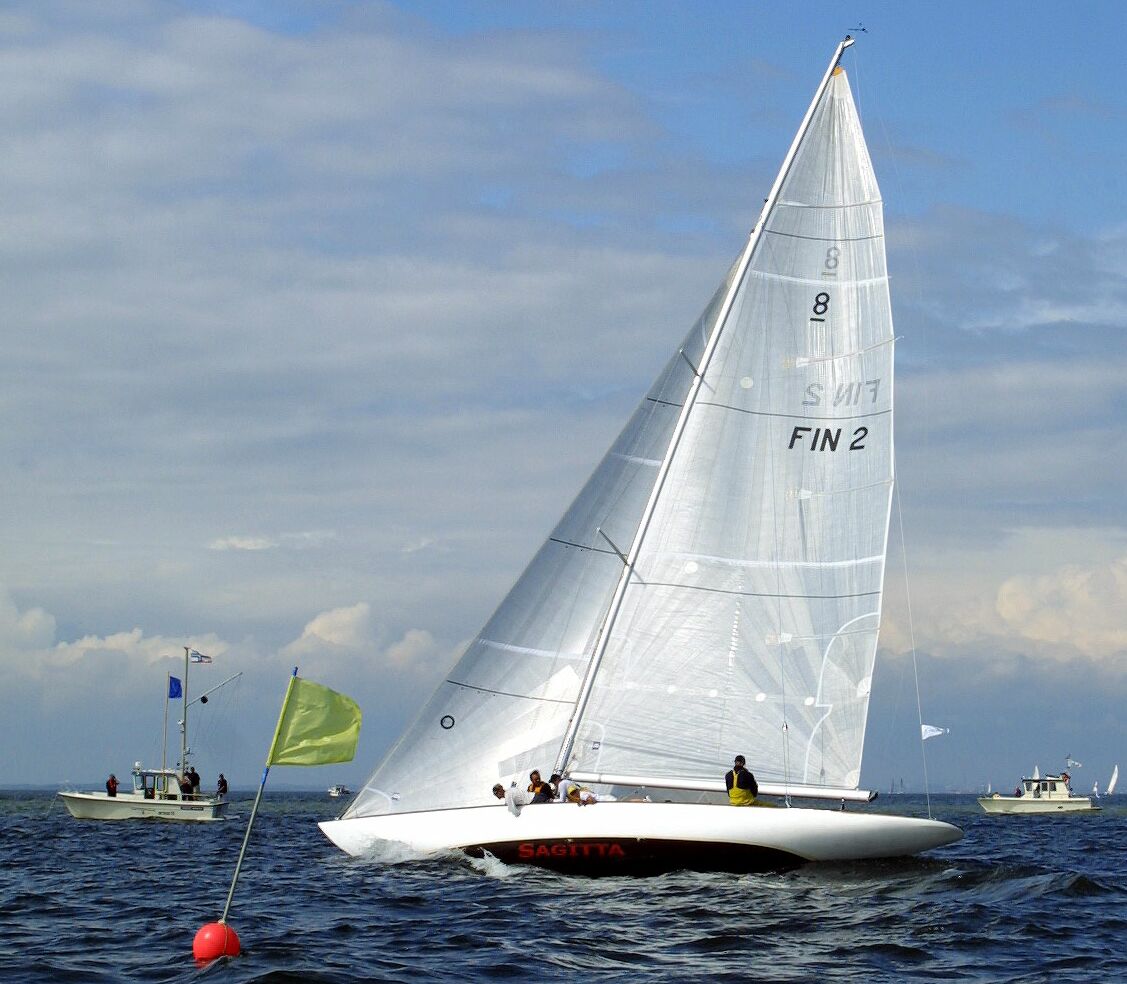BryanF
Senior Member
Caulking is an art form. As the seam widens you pull a bigger loop but how much bigger is learned by experience. Seams can be evened out with a making iron driven in before caulking with cotton but if a seam is really wide it should be splined -cut open wider with a router( now days) and another piece of shaped wood fitted to make a new plank edge.
All time consuming. As to the driving it is all about the sound. The right amount of caulk driven to the right depth sounds right. Too much or too little sounds wrong.
Love wooden boats just have no desire to own one. Any time I think my steel boat is a lot of work I think about wood boats. Then go happily back to grinding and painting and sometimes welding.
All time consuming. As to the driving it is all about the sound. The right amount of caulk driven to the right depth sounds right. Too much or too little sounds wrong.
Love wooden boats just have no desire to own one. Any time I think my steel boat is a lot of work I think about wood boats. Then go happily back to grinding and painting and sometimes welding.

